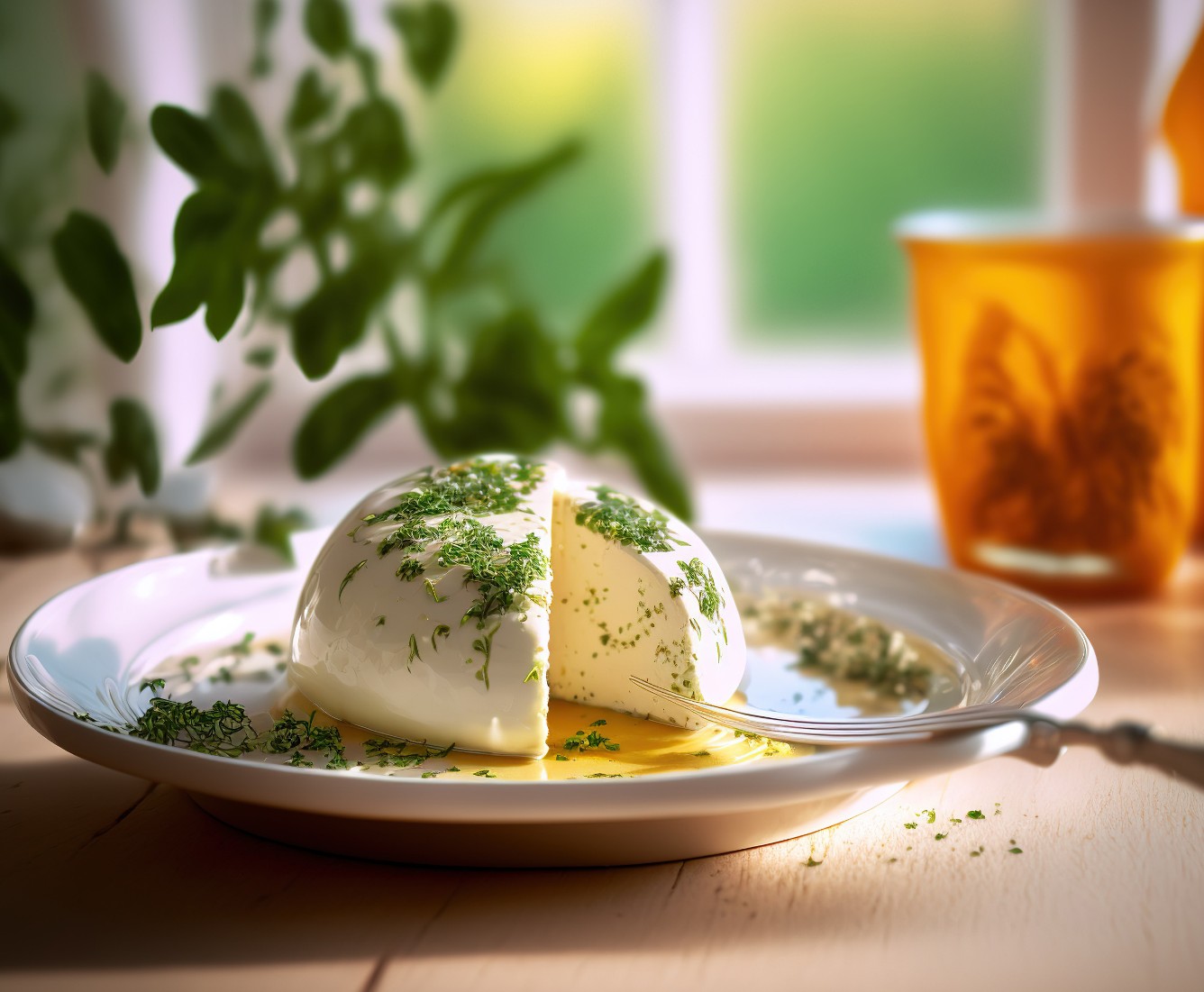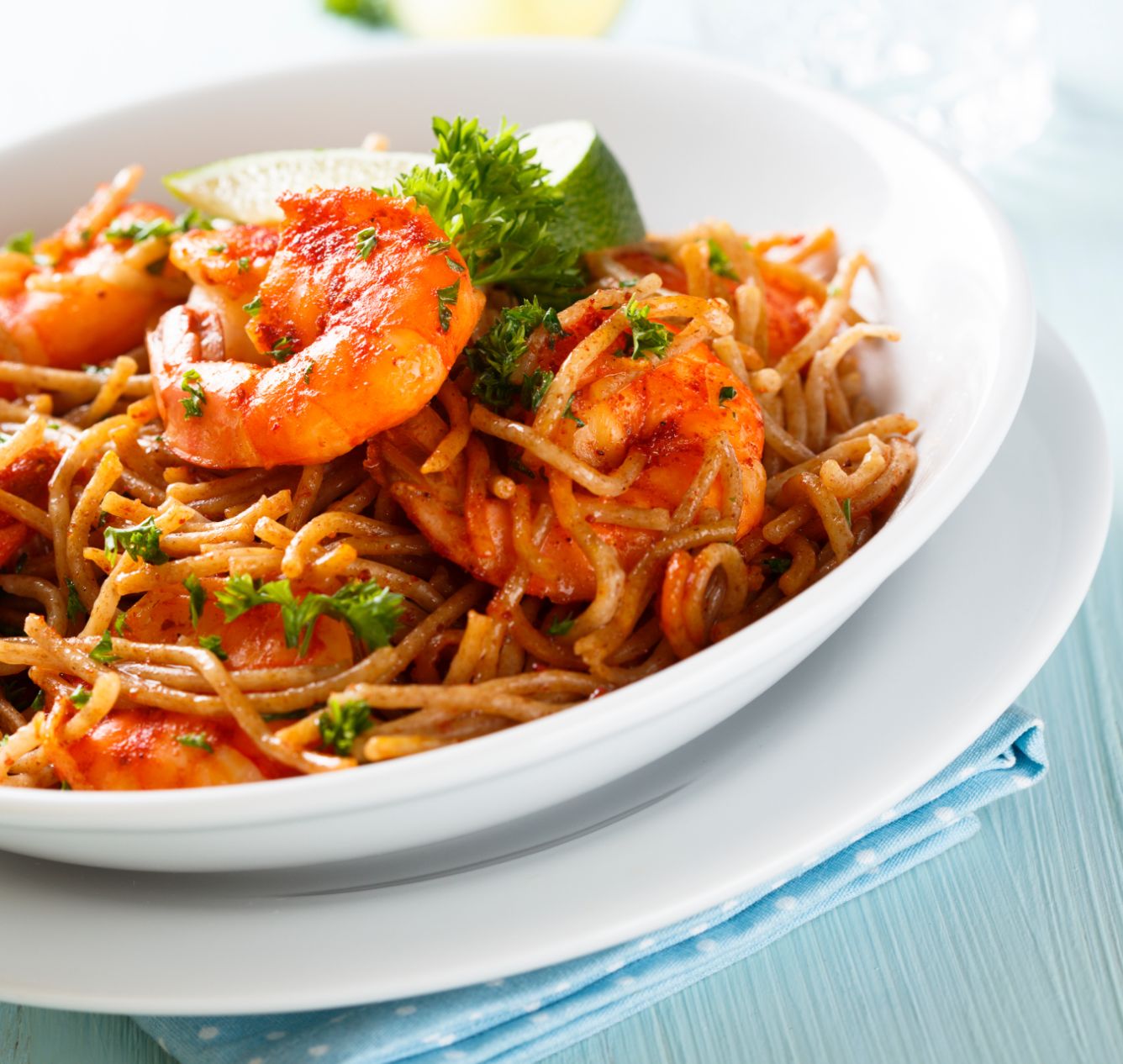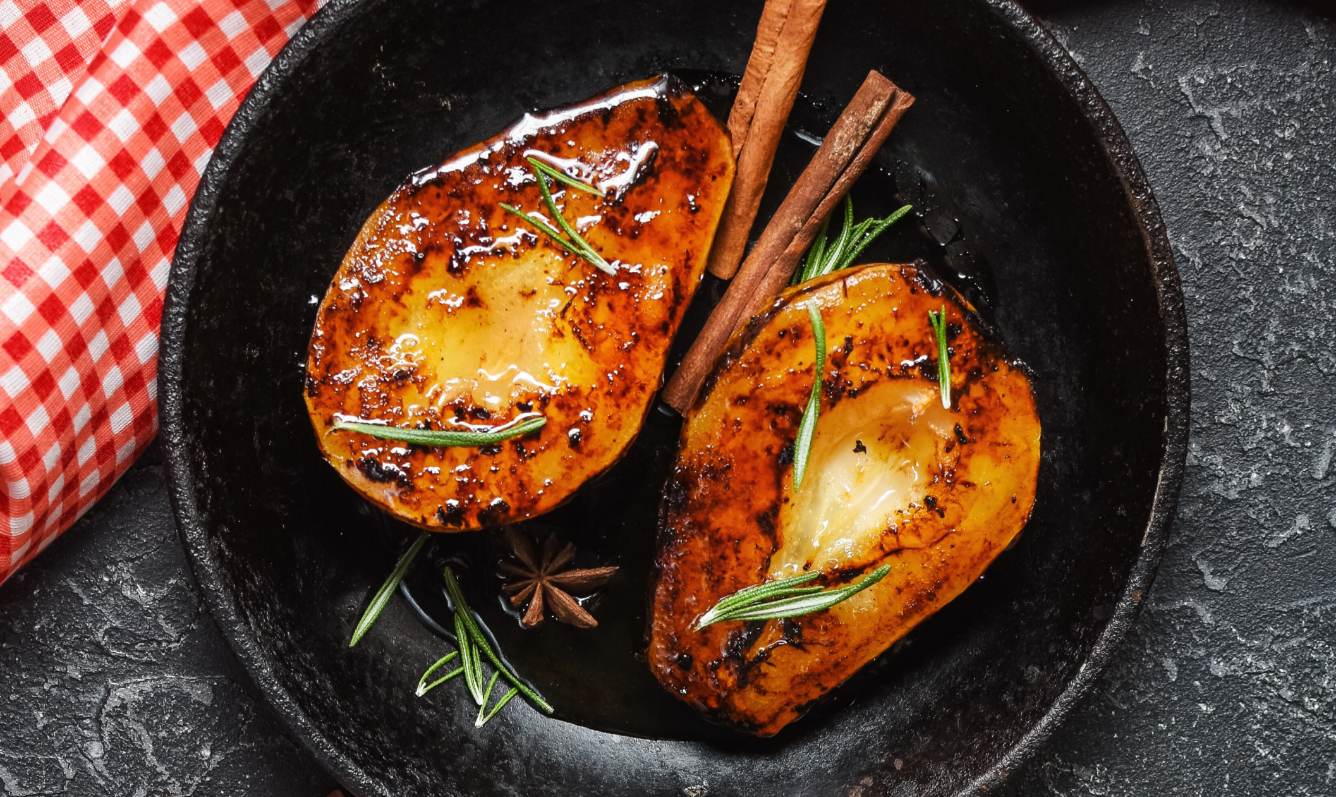A romantic Valentine’s Day can be healthy
Valentine’s Day, on the 14th of February, is meant to celebrate love, romance, and passion. All over the world, couples cook special meals and exchange gifts, parties and dinners are prepared for those who are not in a relationship, groups of friends get together to celebrate their friendship. There are also those who offer a treat to their pets. After all, love takes many forms.
Whatever the reason for celebrating, food choices on this day tend to be less healthy. Chocolate, in particular, occupies a prominent place, whether in desserts or as a romantic gift – do you know where chocolate comes from?
This time, surprise your better half or your friends with a healthier and zero waste Valentine’s Day dinner!
Create the perfect environment, save on electricity
Dim or turn off the lights and let your dinner be lit by candles in the centre of the table – is it really a romantic dinner if not by candlelight? In addition to creating a cosy atmosphere, you can save energy.
Having resolved the lighting, we move on to the background music. Keep the television off and accompany dinner with your favourite romantic playlist. If the night is spent with friends, and the mood is different, choose a festive playlist.
If inspiration strikes, place a note or card with a special message in each person’s place at the table.
A personalised Valentine’s Day gift
How about offering something handmade, sustainable and that shows all your love? You can choose jam, soap, or homemade chocolates. Draw inspiration from this DIY gift list for Christmas, which you can repurpose for Valentine’s Day.
Also, consider shaking things up by offering a plant or aromatic herb in a vase – it lasts much longer, and represents a strong, lasting bond.
Healthy and zero waste menu for Valentine’s Day dinner
We arrive at the most delicious part of this article: how can you create a simple and healthy menu, with sustainability in mind, for Valentine’s Day dinner? Like this:
-
Starters: Mozzarella in olive oil and herbs
A classic of the Mediterranean diet, olive oil is the key ingredient in this fresh, light and flavourful starter. If you’ve already followed our suggestion of making an herb garden at home, this recipe can be even more sustainable, using aromatic herbs that you’ve planted yourself.

Ingredients:
- 100 ml. of olive oil
- 1/2 bunch of basil
- 1 stem of fresh mint
- 1 c. of fresh oregano soup
- 1 clove of garlic
- 1 c. pepper mix dessert
- 1/2 chilli (optional)
- 1 c. salt flower tea
- 1 mozzarella
Preparation:
- Add the olive oil, aromatic herbs, chopped garlic, pepper mixture, and thinly sliced seedless chilli. Season with salt flower and mix.
- Cut the mozzarella cheese into slices, place in a deep dish and drizzle with the olive oil and herbs mixture.
- Refrigerate for one hour.
- Serve with crackers, toasted bread or fresh bread.
-
Main Course: Pasta with shrimps, garlic, and coriander
Seafood and Valentine’s Day make a good pair. For a simple yet delicious dish, try out this recipe that requires only a handful of ingredients.

Ingredients:
- 100 g whole grain spaghetti
- 1 shallot
- 2 cloves of garlic
- 1 tablespoon of olive oil
- 1/2 teaspoon of salt
- Pepper as per taste
- Dried oreganos as per taste
- 500 g tomato pulp
- 100 g large frozen cooked prawns
- Fresh coriander as per taste
Preparation:
- Cook the pasta according to the instructions on the package.
- Meanwhile, peel and chop the shallots and garlic cloves. Add them to a pan with olive oil, salt, pepper and oregano.
- Add the tomato pulp on low heat.
- Add the prawns and simmer for a few more minutes.
- Drain the water from the pasta, which should be al dente (cooked, but firm).
- Finally, place the pasta in a bowl and pour over the shrimp sauce. Stir.
- Dress with fresh coriander.
-
Dessert: sautéed pears
A fruit-based dessert is excellent for those who like to end their meal with something sweet, but light. Try this alternative to typical chocolate desserts.

Ingredients:
- 3 pears
- 2 c. olive oil soup
- 2 c. of sugar soup
- 200 g of Strawberry
- 1/2 lemon
- 30 g of walnut
Preparation:
- Peel the pears and cut them into quarters, removing the cores.
- In a frying pan, brown the cut pears in hot oil, sprinkle with sugar and let caramelize, stirring occasionally.
- Add the strawberries, washed, and cut into pieces. Drizzle with lemon juice.
- Remove from heat, place on plates and sprinkle with chopped walnuts.
You can replace the nuts with another dry fruit or oat flakes. Learn all about the benefits of oats.
-
Drink: Red Fruit Sangria
To accompany dinner, a refreshing drink, in which you can replace the white wine with 100% apple fruit juice, in the same amount, if you prefer the non-alcoholic version.

Ingredients:
- 0.75 dl white wine
- 1 tablespoon of grated ginger soup
- 1/2 fresh mint
- 2 lime slices
- 300 g frozen red fruits
- 1 L tonic water
- Ice as per taste
Preparation:
- Poor the white wine in a jar.
- Add ginger, mint leaves, lime slices and red fruits.
- Mix well and store in the fridge.
- Before serving, add tonic water and ice to taste. Serve immediately.
All set! Enjoy.



